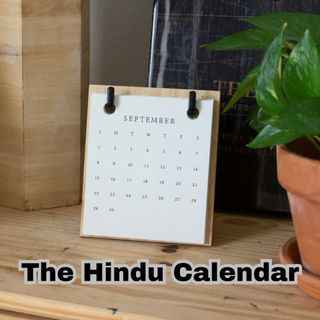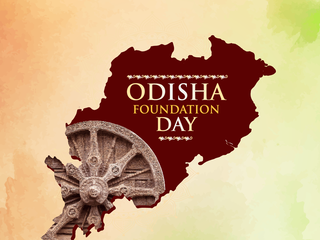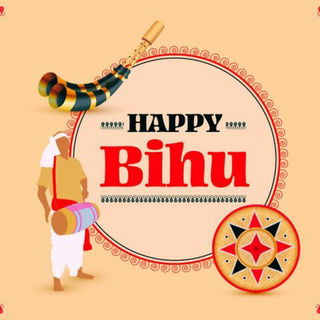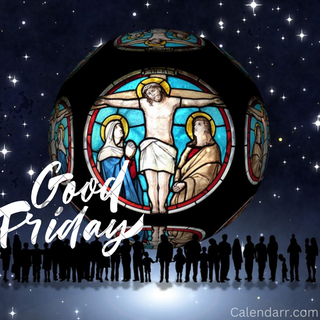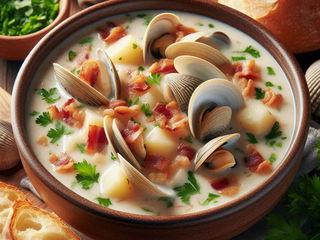- Calendar
- Calendar 2026
- February
- Maha Shivratri
Maha Shivratri
Maha Shivratri or the great night of Shiva is a holy Hindu festival observed on the fourteenth day of the first half of the month of Phalguna according to the Indian calendar.
This night begins with darkness as the moon wanes, and it is dedicated to Lord Shiva.
According to the Gregorian calendar, it falls somewhere between February and March in the Gregorian calendar.
Maha Shivaratri commemorates the divine union of Shiva and Parvati and celebrates Shiva's cosmic dance, the Tandava.
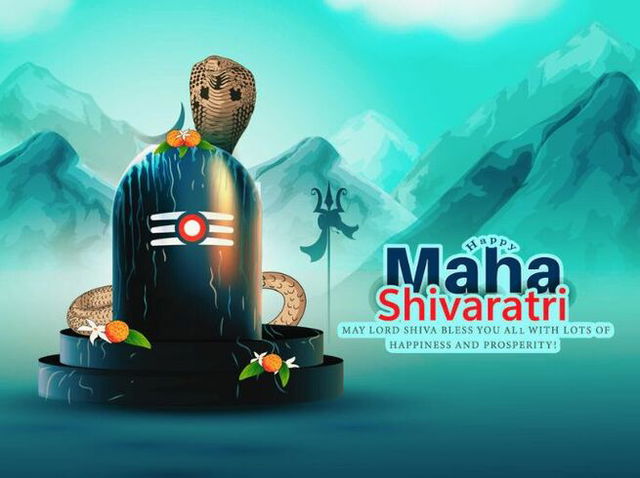
Why is Maha Shivratri Celebrated
- Marriage of Shiva and Parvati: Many believe this is the night when Lord Shiva and Goddess Parvati got married, symbolizing the union of divine energies.
- Shiva's Tandava Dance: Some traditions associate this day with Lord Shiva's cosmic dance (Tandava), representing creation, preservation, and destruction.
- The Night of Divine Awakening: It is said that Maha Shivratri is a powerful night for spiritual awakening, where devotees pray and meditate to seek blessings, inner peace, and enlightenment.
- Neelkanth Story: According to mythology, during the Samudra Manthan (churning of the ocean), Shiva consumed the deadly poison (halahala) to save the universe, and Maha Shivratri is a day to honor his sacrifice.
- Overcoming Darkness and Ignorance: The festival represents the triumph of light over darkness, self-discipline, and devotion leading to spiritual growth.
Mahashivratri Story and Significance
Mahashivratri is talked about in several Puranas such as the Linga Purana, Skanda Purana, and the Padma Purana.
These ancient scriptures provide different accounts of the festival, highlighting fasting and worshiping the Shiva Lingam that symbolizes Lord Shiva.
There are many legends associated with the significance of Maha Shivratri and according to one Shaivism tradition, Lord Shiva performed his cosmic dance, the Tandava on this night.
Tandava represents creation, preservation, and destruction.
Another popular belief is that Maha Shivratri marks the wedding day of Shiva and Parvati.
Their union represents the harmony between masculine and feminine energies in the universe.
Parvati, also known as Sati in her previous birth, had sacrificed herself due to her father Daksha's insult toward Shiva.
She later reincarnated as Parvati and won Shiva's heart through deep penance, leading to their sacred marriage on this night.
A different legend also states that offering prayers to Shiva through the Lingam is a way to cleanse past sins and start fresh on a path of virtue.
It is also believed that worshiping Shiva sincerely on this day help devotees attain salvation and reach Mount Kailasha which is Shiva's heavenly abode.
Another important story associates the festival with the churning of the ocean, known as Samudra Manthan.
During the quest for Amrita (the nectar of immortality), a dangerous poison called Halahala emerged from the ocean.
To protect the world, Shiva drank the poison and held it in his throat, which turned blue, earning him the name Neelkanth (the Blue-Throated One).
Maha Shivaratri is believed to be the night when this event took place.
Some believe that the Neelkanth Mahadev Temple marks the site where this divine event occurred.
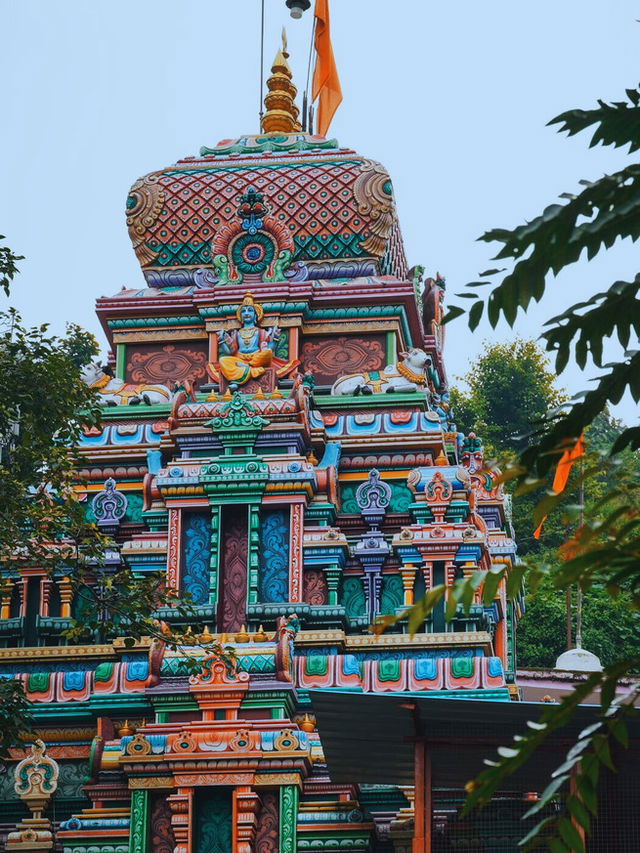
Another tradition narrates that on Maha Shivaratri, Shiva revealed himself in the form of a Jyotirlinga, an infinite pillar of divine light, to demonstrate his supremacy over other gods.
Worshiping the Lingam on this day is said to absolve devotees of past sins and grant them spiritual liberation.
Maha Shivratri is also deeply connected to dance traditions. The festival has historically brought together artists for grand dance celebrations at major Hindu temples like Konark, Khajuraho, Pattadakal, Modhera, and Chidambaram.
At the Chidambaram temple, this event is known as Natyanjali, meaning “worship through dance,”.
This is because the temple is famous for its sculptures depicting dance postures from the Natya Shastra, an ancient Hindu text on performing arts.
Similarly, at the Shiva temples of Khajuraho, Maha Shivratri has long been celebrated with fairs and dance festivals.
In 1864, the British archaeologist Alexander Cunningham documented a large gathering of Shaiva pilgrims at Khajuraho, where devotees camped for miles around the temple complex.
Devotees observe fasting, chant “Om Namah Shivaya,” visit temples, and offer milk, honey, and bel leaves to Shiva Lingam, seeking blessings for health, prosperity, and liberation.
Celebrating Mahashivratri Festival
It is said that on Mahashivratri, worshiping Shiva blesses you with spiritual growth and salvation.
Many devotees observe a strict fast on this night only consuming food, fruits, and food allowed on fasts and some people do not even drink a drop of water.
Those who observe the day, visits Shiva temples and offer bilva (bael) leaves, milk, honey, yogurt, ghee, and water to the Shiva Lingam.
Devotees also chant Om Namah Shivaya, the sacred mantra of Shiva, and recite hymns like Rudram and Shiv Chalisa.
Some devotees perform Abhishekam, a ritual bathing of the Lingam with sacred offerings.
Devotees stay awake all night (Jagran) by singing Shiva bhajans and kirtans, reading scriptures like the Shiva Purana, Linga Purana, and Skanda Purana, and chanting Shiva’s name in meditation.
These practices help them feel closer to Shiva and bring peace and spiritual awakening.
Major Shiva temples like Kashi Vishwanath, Somnath, Kedarnath, and Neelkanth Mahadev hold grand celebrations, where thousands of devotees gather to offer prayers.
At temples like Chidambaram, Khajuraho, and Konark, classical dancers perform Natyanjali, a special dance offering dedicated to Shiva’s cosmic dance, Tandava.
The Isha Yoga Shiva statue in Coimbatore, one of the tallest in the world, becomes a focal point of grand Maha Shivaratri celebrations, where thousands of devotees gather for prayers, meditation, and spiritual offerings to honor Lord Shiva.
People also practice charity by donating food, clothes, and essentials to those in need. Feeding Brahmins, ascetics, and animals is believed to bring blessings.
Maha Shivaratri is not just about rituals but also about self-discipline, letting go of negativity, and seeking spiritual growth.
It is a time for self-reflection and renewing dedication to a righteous path.
Celebrating with sincerity and devotion helps devotees receive Shiva’s blessings, inner peace, and freedom from worldly sufferings.

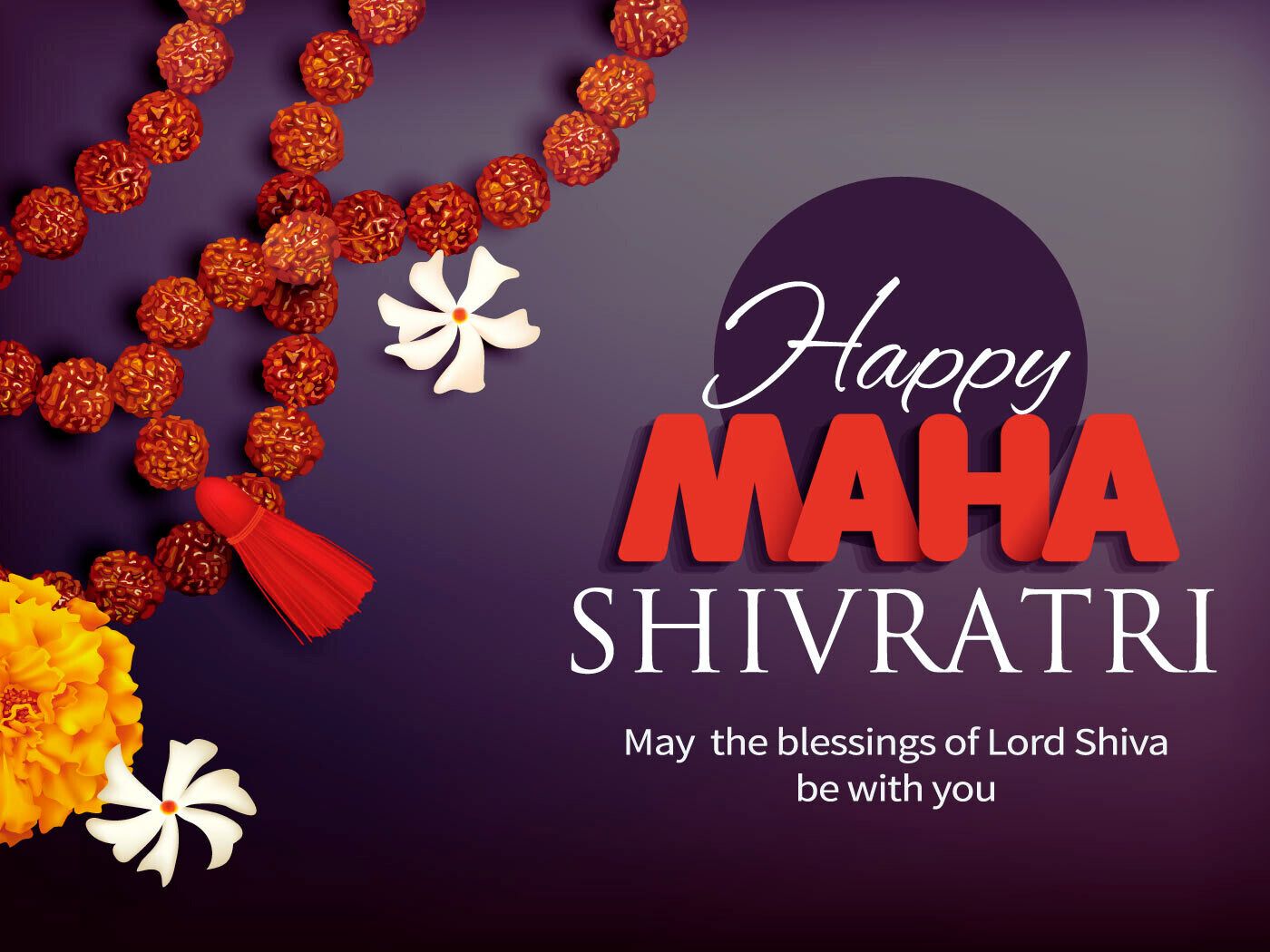
Other Celebrations
-
Jun 05 Thu
-
Sep 28 Sun

Maha Shivratri - Next years
Thursday, 24 February 2028
Tuesday, 13 February 2029
Monday, 04 March 2030
